Description
### **Knowledge Encyclopedia – Science**
Science is the systematic study of the structure and behavior of the physical and natural world through observation and experimentation. It is a constantly evolving field that encompasses a wide range of disciplines, each focused on understanding different aspects of the universe. Below is an outline of key scientific fields and concepts that form the foundation of scientific knowledge:
—
### **1. Fundamental Branches of Science**
#### **1.1. Physics**
Physics is the study of matter, energy, and the fundamental forces of nature. It seeks to understand how the universe behaves at both the macroscopic (large-scale) and microscopic (atomic and subatomic) levels.
– **Key Areas:**
– **Classical Mechanics**: The study of motion, forces, and energy (e.g., Newtonian physics).
– **Quantum Mechanics**: Describes the behavior of particles at the atomic and subatomic levels.
– **Relativity**: Einstein’s theories of Special and General Relativity, explaining space-time and gravity.
– **Thermodynamics**: The study of heat, work, and energy transfer.
– **Electromagnetism**: The study of electric and magnetic fields and their interactions.
– **Particle Physics**: The study of the fundamental particles of the universe, such as quarks, leptons, and bosons.
#### **1.2. Chemistry**
Chemistry is the study of matter, its properties, and how it interacts, combines, and changes. It bridges the physical sciences and life sciences, dealing with the composition, structure, and reactivity of substances.
– **Key Areas:**
– **Organic Chemistry**: The study of carbon-containing compounds and their reactions.
– **Inorganic Chemistry**: The study of minerals, metals, and non-carbon-containing compounds.
– **Analytical Chemistry**: Techniques for determining the composition of substances.
– **Biochemistry**: The chemistry of living organisms, including proteins, nucleic acids, and metabolism.
– **Physical Chemistry**: The study of how matter behaves on a molecular and atomic level, and how chemical reactions occur.
#### **1.3. Biology**
Biology is the study of living organisms and their interactions with each other and their environments. It includes the study of the structure, function, growth, origin, evolution, and distribution of life.
– **Key Areas:**
– **Genetics**: The study of heredity, genes, and DNA.
– **Ecology**: The study of ecosystems and the interactions between organisms and their environment.
– **Cell Biology**: The study of cells, their structure, function, and life cycle.
– **Evolutionary Biology**: The study of the processes that have led to the diversity of life.
– **Physiology**: The study of the functions of living organisms and their parts.
– **Microbiology**: The study of microorganisms like bacteria, viruses, and fungi.
#### **1.4. Earth Sciences**
Earth sciences explore the physical structure and history of the Earth, its atmosphere, and its processes. This field overlaps with geology, meteorology, oceanography, and environmental science.
– **Key Areas:**
– **Geology**: The study of the Earth’s materials, structure, and processes.
– **Meteorology**: The study of the atmosphere and weather patterns.
– **Oceanography**: The study of oceans, including their physical properties, currents, and ecosystems.
– **Paleontology**: The study of fossils and ancient life forms.
– **Environmental Science**: The study of human impact on the environment, including topics like climate change and conservation.
#### **1.5. Astronomy**
Astronomy is the study of celestial objects, space, and the universe as a whole. It includes the observation of stars, planets, comets, galaxies, and cosmology.
– **Key Areas:**
– **Observational Astronomy**: The use of telescopes and other instruments to study celestial objects.
– **Theoretical Astronomy**: The mathematical modeling and simulation of astrophysical phenomena.
– **Astrophysics**: The study of the physical properties of celestial bodies and the forces acting on them.
– **Cosmology**: The study of the origin, evolution, and structure of the universe.
—
### **2. Interdisciplinary Sciences**
#### **2.1. Biochemistry**
Biochemistry is an interdisciplinary field that combines biology and chemistry to understand the molecular mechanisms of life processes.
#### **2.2. Geophysics**
Geophysics applies principles of physics to study the Earth, including the behavior of seismic waves, magnetic fields, and gravitational forces.
#### **2.3. Astrobiology**
Astrobiology is the study of the origins, evolution, and distribution of life in the universe, including the possibility of life beyond Earth.
—
### **3. Scientific Method**
The scientific method is a systematic approach to inquiry based on evidence and experimentation. It typically follows these steps:
1. **Observation**: Identifying a phenomenon or problem.
2. **Hypothesis**: Formulating a testable explanation or prediction.
3. **Experimentation**: Conducting controlled experiments to test the hypothesis.
4. **Analysis**: Interpreting the data to support or reject the hypothesis.
5. **Conclusion**: Drawing conclusions based on the evidence, and possibly refining the hypothesis for further testing.
6. **Theory Development**: If a hypothesis is consistently supported by evidence, it may become a theory.
—
### **4. Modern Technologies and Discoveries**
Science and technology go hand-in-hand, leading to groundbreaking innovations and discoveries:
#### **4.1. Genetics and Biotechnology**
– **CRISPR-Cas9**: A gene-editing technology that allows for precise changes to DNA.
– **Genomic Sequencing**: Techniques like next-generation sequencing have allowed scientists to decode entire genomes, leading to advances in personalized medicine and understanding diseases.
#### **4.2. Artificial Intelligence and Machine Learning**
AI and ML are transforming every scientific discipline by automating tasks, discovering patterns in large datasets, and enhancing simulations.
#### **4.3. Nanotechnology**
Nanotechnology involves manipulating matter at the atomic or molecular scale to create new materials and devices with unique properties.
#### **4.4. Renewable Energy Technologies**
Developments in solar, wind, and nuclear fusion aim to provide cleaner, sustainable energy sources, addressing climate change and resource depletion.
—
### **5. Major Scientific Theories and Laws**
#### **5.1. Theory of Evolution**
Proposed by Charles Darwin, this theory explains how species evolve over time through natural selection and genetic variation.
#### **5.2. Theory of Relativity**
Developed by Albert Einstein, the theory includes both Special Relativity (dealing with objects moving at high speeds) and General Relativity (which explains gravity as a curvature of space-time).
#### **5.3. Quantum Theory**
Quantum mechanics explains the behavior of particles at the smallest scales, where traditional physics does not apply. It introduces concepts like wave-particle duality and quantum superposition.
#### **5.4. Laws of Thermodynamics**
These laws govern the flow of energy in systems, influencing everything from engines to biological processes:
– **First Law**: Energy cannot be created or destroyed, only transformed.
– **Second Law**: Entropy (disorder) tends to increase in an isolated system.
– **Third Law**: As temperature approaches absolute zero, the entropy of a system approaches a constant minimum.
—
### **6. Key Concepts in Modern Science**
#### **6.1. Dark Matter and Dark Energy**
These are mysterious components that make up about 95% of the universe, yet remain undetectable by conventional means.
#### **6.2. Climate Change**
The human-driven changes to the Earth’s climate, primarily due to the burning of fossil fuels and deforestation, have become a key focus of global scientific research.
#### **6.3. Artificial Intelligence and Consciousness**
Questions about the nature of intelligence, consciousness, and the possibility of creating artificial consciousness through AI continue to be explored in neuroscience and philosophy.
#### **6.4. Quantum Computing**
Quantum computing uses principles of quantum mechanics to perform calculations much faster than classical computers, with implications for cryptography, artificial intelligence, and simulation.
—
### **7. The Future of Science**
Science is continuously evolving, with emerging fields like nanotechnology, biotechnology, space exploration, and artificial intelligence driving the next frontier of discovery. Key challenges remain, such as combating global health crises, addressing climate change, and exploring the potential of the universe beyond Earth.
—
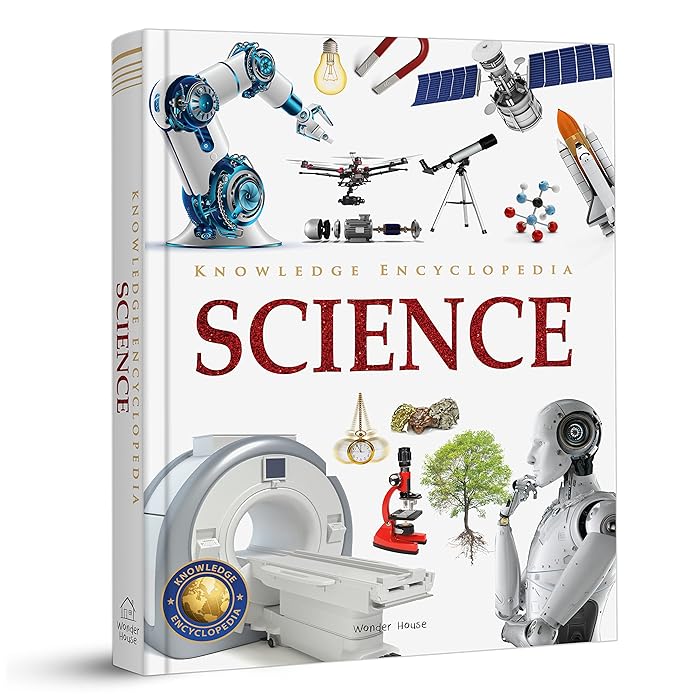
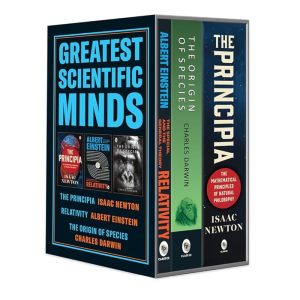
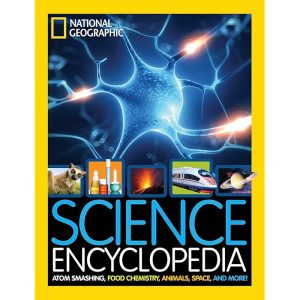

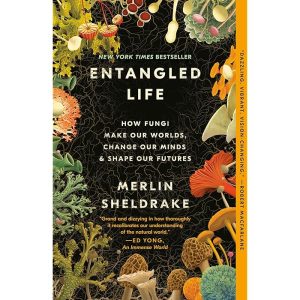
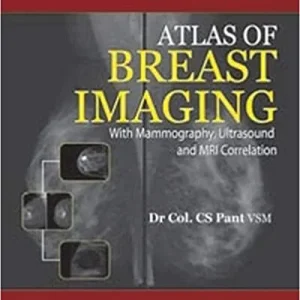


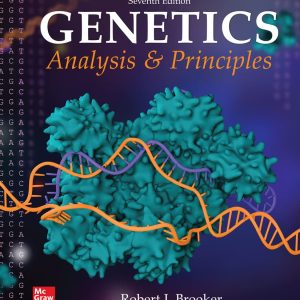


Reviews
There are no reviews yet.